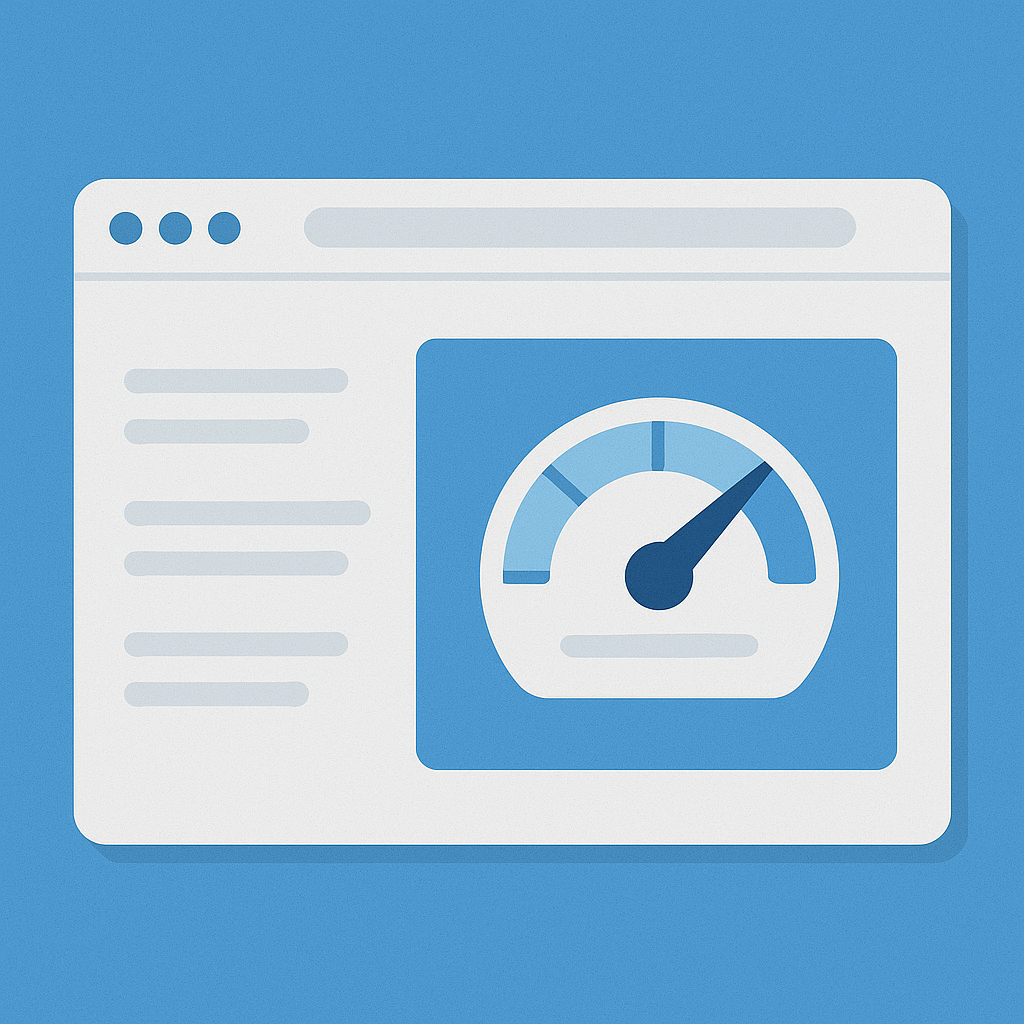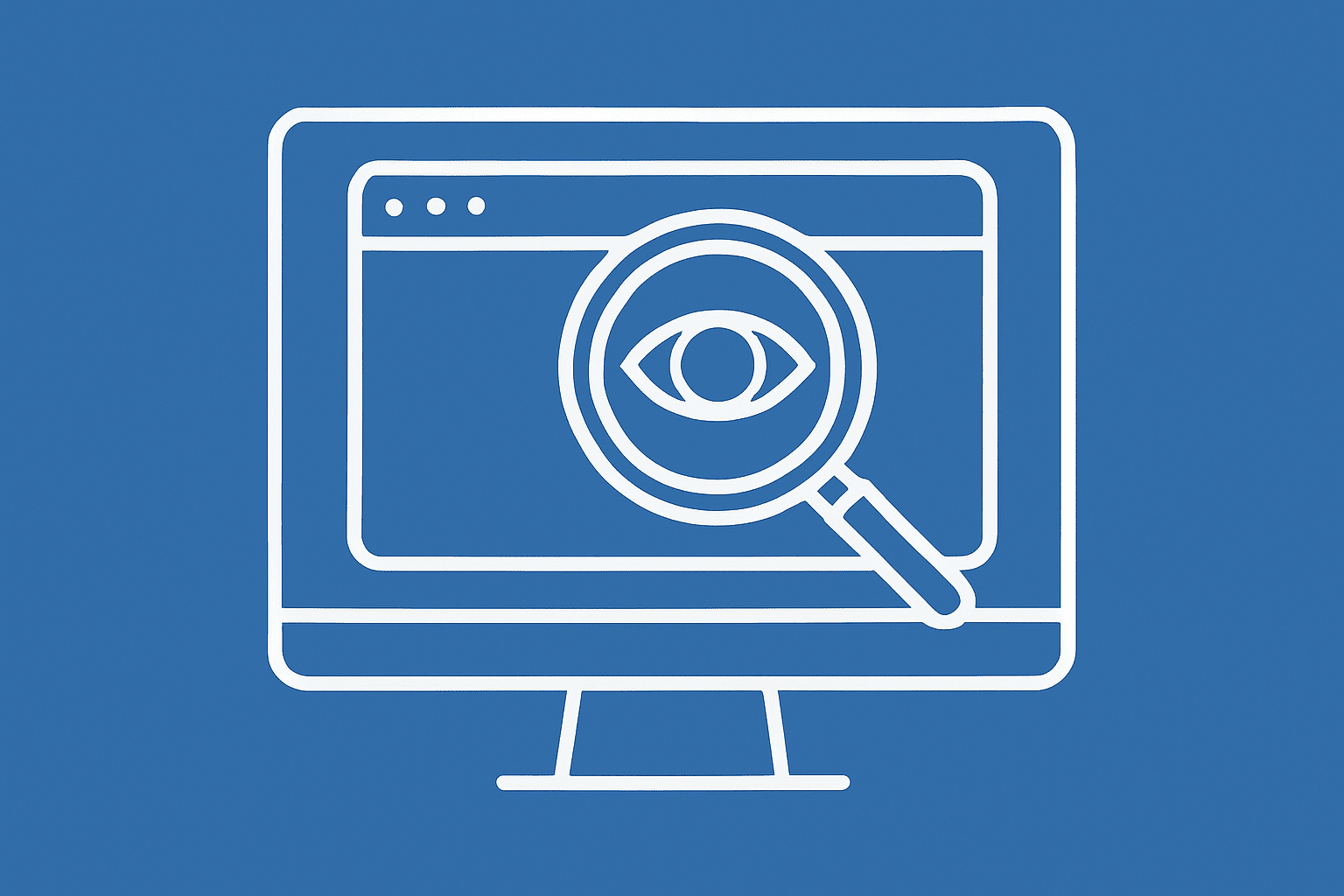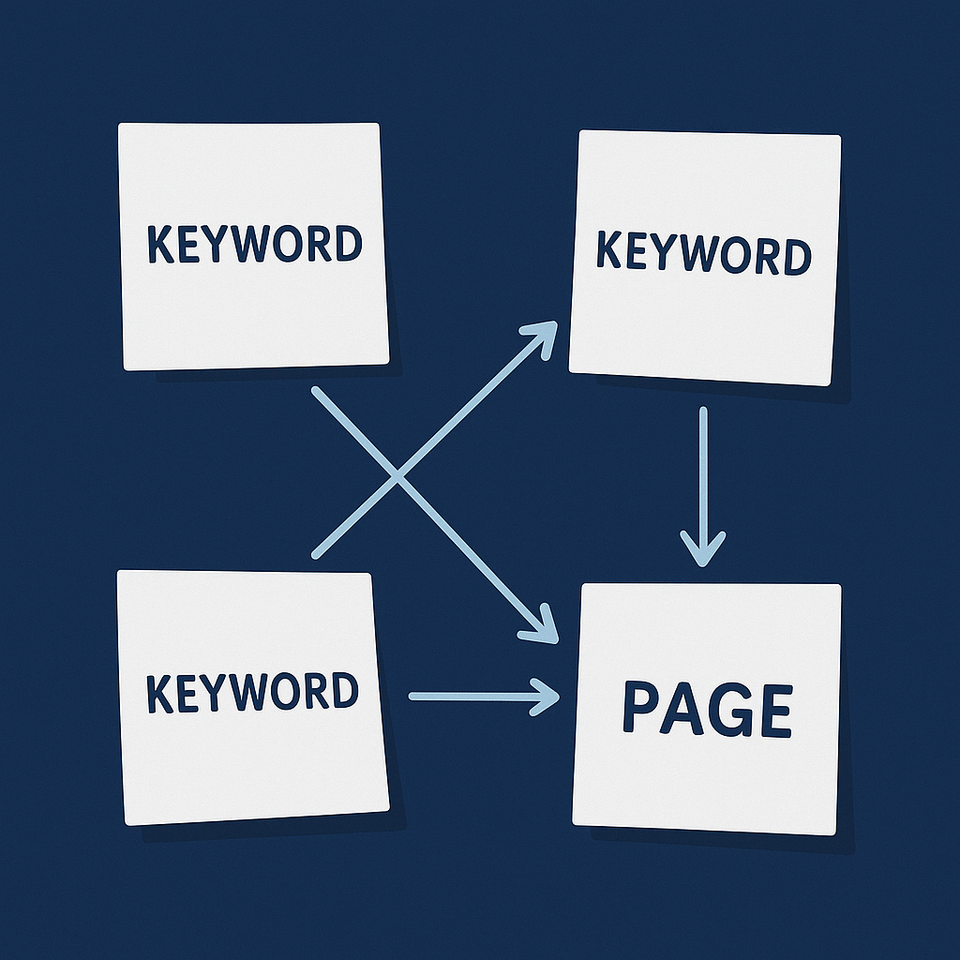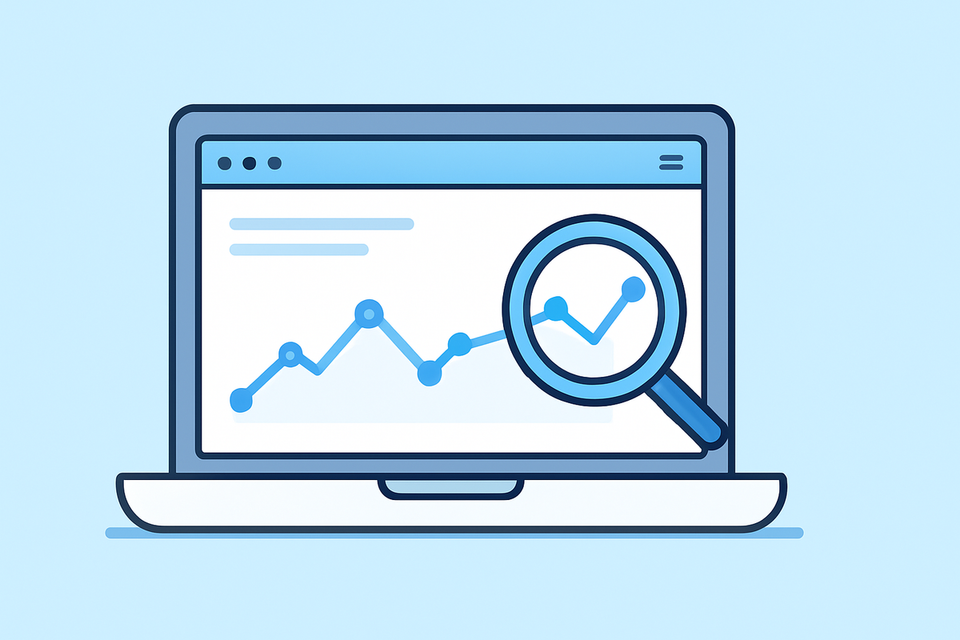Technical SEO & Performance | Module 5
By the end of this module, you'll know how to check your site's technical health and fix the issues you can control—like speed, mobile-friendliness, and HTTPS. Some issues will need a developer, and that's normal.

Technical SEO & Performance | Module 5
Excerpt: By the end of this module, you'll know how to check your site's technical health and fix the issues you can control—like speed, mobile-friendliness, and HTTPS. Some issues will need a developer, and that's normal.
Technical SEO sounds complicated, but most of it comes down to making sure your website works properly. Think of it like a car service: you can check the tyres and oil yourself, but sometimes you need a mechanic. This module shows you what you CAN fix and what requires expert help.
What You'll Actually Be Able to Fix
As a beginner, you can handle:
- Checking your site speed and compressing images
- Making sure your site is mobile-friendly
- Getting HTTPS set up
- Finding and fixing broken links
- Understanding what Core Web Vitals are
You'll likely need developer help for:
- Complex speed optimisations (JavaScript, server response times)
- Advanced Core Web Vitals fixes
- Server configuration issues
- Complex redirect problems
That's completely normal. Focus on what you control, and come back to this module after you've completed Modules 6-7 with more experience.
Step 1: Why Is My Site Slow and How Do I Fix It?
Do this:
Run your homepage through Google PageSpeed Insights.
Where to check: Go to: https://pagespeed.web.dev/ Enter your homepage URL Click "Analyze"
What you'll see:
- Performance score (0-100)
- Core Web Vitals status
- List of issues
What beginners can fix:
1. Image file sizes (most common issue):
- Large images are usually the #1 speed killer
- Fix: Compress images before uploading (see Step 6)
2. Unnecessary images:
- Fix: Only use images where they add value to users
- Remove decorative images that don't help explain your content or service
3. Large font files:
- Fix: Stick to standard web fonts (Arial, Georgia, system fonts)
- Avoid custom fonts unless necessary
What needs a developer:
- "Reduce JavaScript execution time"
- "Minimise main-thread work"
- "Reduce server response time"
- "Remove unused CSS"
Check this worked: After compressing images, run PageSpeed Insights again. Your score should improve by 10-20 points.
Why this matters: Fast sites rank better and keep visitors from leaving. Focus on images first—that's where beginners get the biggest wins.
Step 2: Is My Site Mobile-Friendly?
Do this:
Test your site on your phone or use Google's Mobile-Friendly Test.
Where to check: Go to: https://search.google.com/test/mobile-friendly Enter your URL
What to look for:
- Text is readable without zooming
- Buttons and links are easy to tap (not too close together)
- Content fits the screen width (no sideways scrolling)
Common issues you can fix:
- Font size too small: Increase to at least 16px in your theme settings
- Buttons too close: Add more space between clickable elements
- Images too wide: Make sure images resize to fit mobile screens
Check this worked: The test says "Page is mobile-friendly"
Why this matters: Most searches happen on mobile. Google ranks mobile-friendly sites higher.
Step 3: Do I Need HTTPS and How Do I Get It?
Do this:
Look at your website URL in the browser address bar.
It should show:
- https:// (not http://)
- A padlock icon
If you don't have HTTPS:
Most hosting providers offer free SSL certificates:
WordPress/cPanel: Install "Let's Encrypt" SSL (usually one-click in hosting control panel) Shopify: HTTPS is automatic—nothing to do Wix/Squarespace: HTTPS is automatic—nothing to do
If you can't find the SSL option, contact your hosting provider. Say: "I need to enable HTTPS with a free SSL certificate."
After enabling HTTPS: Some hosts automatically redirect all http:// URLs to https://. Others don't. Test by typing http://yourdomain.com.au—it should automatically redirect to https://. If it doesn't, ask your hosting provider to set up the redirect.
Check this worked:
- Your site loads with https:// and shows a padlock
- Typing http:// in the address bar automatically redirects to https://
- All pages use https://, not just the homepage
Why this matters: HTTPS keeps visitor data secure. Google gives HTTPS sites a ranking boost, and browsers warn users about non-HTTPS sites.
Step 4: Why Isn't Google Indexing My Pages?
Do this:
In Google Search Console, go to: Pages
Look at the "Why pages aren't indexed" section.
Common reasons and fixes:
"Crawled – currently not indexed":
- What it means: Google saw the page but didn't think it was worth indexing
- Beginner fix: Make the content more thorough and helpful—answer the question completely
- Ensure the page matches what people are actually searching for (review Module 3 on search intent)
"Blocked by robots.txt":
- What it means: Your robots.txt file is blocking this page
- Beginner fix: Go to yourdomain.com.au/robots.txt
- If it shows
Disallow: /with nothing after the slash, this blocks everything—remove that line - If unsure, ask your developer
"Duplicate without user-selected canonical":
- What it means: Google found duplicate content and chose which version to show
- Beginner fix: Review Module 2 on canonical URLs
- Make sure similar pages have unique content
"Redirect error":
- What it means: The page redirect is broken
- Developer fix: This usually requires technical help
"Server error (5xx)":
- What it means: Your hosting server had a problem
- Contact your hosting provider
Check this worked: Most of your important pages show as "Indexed" in Search Console.
Why this matters: If Google can't index your pages, they won't appear in search results.
Step 5: What Are Core Web Vitals and How Do I Improve Them?
Do this:
In Google Search Console, go to: Experience > Core Web Vitals
What they are:
Google measures three things:
- LCP (Largest Contentful Paint): How fast your main content loads
- INP (Interaction to Next Paint): How quickly your site responds to clicks
- CLS (Cumulative Layout Shift): Whether content jumps around while loading
What beginners can fix:
To improve LCP (loading speed):
- Compress images (biggest impact)
- Reduce number of images on page
- Use a faster hosting provider if your site is consistently slow
To improve CLS (layout shift):
- Set width and height on all images (your theme usually does this automatically)
- Don't insert ads or pop-ups that push content down
What needs a developer:
- INP issues (JavaScript optimisation)
- Advanced LCP fixes (server optimisation, lazy loading)
Check this worked: After fixing images, check Core Web Vitals again in 4-6 weeks. Google collects data over 28 days, so changes won't appear immediately.
Why this matters: Core Web Vitals are official Google ranking factors. Improving them helps rankings and user experience.
Step 6: Compress Images for Speed
Do this:
Large images slow down your site. Compress them before uploading.
Free compression tools:
- TinyPNG: https://tinypng.com/
- Squoosh: https://squoosh.app/
Or use plugins (automatic):
- WordPress: Smush, Imagify, ShortPixel
- Shopify: Image Optimizer, TinyIMG
How to compress:
- Before uploading: Use TinyPNG or Squoosh, download compressed version, then upload to your site
- After uploading: Install a plugin that automatically compresses images
Target file sizes:
- Photos/large images: Under 200KB
- Icons/small images: Under 50KB
Check this worked: Run PageSpeed Insights. Image warnings should reduce or disappear.
Why this matters: Images are usually 50-80% of page weight. Smaller images = faster site = better rankings.
Step 7: Fix Broken Links
Do this:
Check for broken links (404 errors) on your site.
Free tools:
- Google Search Console: Pages > "Not found (404)"
- Broken Link Checker: https://www.brokenlinkcheck.com/
How to fix:
- Update the link to the correct URL
- Remove the broken link entirely
- If the page permanently moved, set up a redirect (use a plugin like Redirection for WordPress)
Check this worked: Click through your main pages. All internal links work.
Why this matters: Broken links frustrate visitors and waste Google's crawl budget.
What's Next: Technical SEO Is Ongoing
You've now checked your site's technical health and fixed what you can control. Some issues require developer help—that's normal for small business owners.
Priority order:
- Get HTTPS working (critical—do this first if you don't have it)
- Compress all images
- Fix broken links
- Ensure mobile-friendly
- Everything else can wait until you've completed Modules 6-7
Come back to this module after finishing the beginner course. You'll understand more and can tackle advanced issues or brief a developer on what needs fixing.
Module 5 Foundation Checklist
- Site speed checked—images compressed
- Site is mobile-friendly
- HTTPS is enabled and redirecting properly
- Broken links found and fixed
- Core Web Vitals checked (know what needs improving)
- Search Console crawl errors reviewed
- Robots.txt checked (not blocking important pages)
- Know which issues need developer help
FAQs
What's a good page speed score for beginners? 50+ on mobile, 70+ on desktop. Don't obsess over perfect scores—focus on fixing images first.
Do I need a developer to fix technical SEO issues? Some issues yes, some no. Beginners can handle: images, HTTPS, broken links, mobile basics. Complex speed issues need a developer.
What are Core Web Vitals? Three metrics Google uses to measure user experience: loading speed, interactivity, and visual stability. They're ranking factors.
How do I know if my site has HTTPS? Look at your URL—it should start with https:// and show a padlock icon.
Should I fix every PageSpeed Insights warning? No. Fix images first (biggest impact). Other issues often need a developer and have smaller impact.
When should I hire a developer for technical SEO? When PageSpeed shows issues you can't fix yourself, or Core Web Vitals stay "Poor" after you've compressed images and fixed basics.
Quick Wins in This Module:
- Check Your Site Speed
- Check Your Site's Mobile Friendliness with Free Tools
- How to Check Your Site's Core Web Vitals
- How to Compress Images for Faster Website Speed
- Why HTTPS Matters for SEO
Quick Wins in This Module:
Check Your Site Speed | Module 5.1
Check Your Sites Mobile Friendliness with Free Tools | Module 5.2
How to Check Your Sites Core Web Vitals | Module 5.3
How to Compress Images for Faster Website Speed | Module 5.4
Why HTTPS Matters for SEO | Module 5.5
→ Module 6: Analytics & Tracking (coming soon)



